Detection Methods and Difficulties of Steel Castings
Detection Methods and Difficulties of Steel Castings
Difficulties in detection
1. Poor ultrasound penetration
Coarse grains, uneven structure and other complex interfaces enhance the scattering of ultrasonic waves. And the energy attenuation is large, so that the detectable thickness is smaller than that of forgings.
2. Many interference clutter
When the sound wave is scattered on the uneven, non-dense structure and coarse grain interface, the intensity of the scattered signal is larger and is received by the probe. The rough casting surface will form clutter on the sound wave reflection. These will display on the oscilloscope screen as a messy forest-like echo (also called grass-like echo), which may flood the defect echo and hinder the identification of the defect echo.
3. Poor surface coupling conditions
The surface of the steel casting is rough, which is not conducive to the coupling of sound. At the same time, the surface hardness is large and difficult to polish.
4. Difficult to quantify defects
Due to the large attenuation of sound waves by steel castings and the complicated shape of defects, the quantitative evaluation of defects based on artificial defects has large errors. As a result, it is more difficult to quantify defects by calculation.
The above is exactly the difficulty of casting inspection. These difficulties make casting inspection subject to certain restrictions. But on the other hand, due to the lower quality requirements of castings, single defects are allowed. Meanwhile, the parts where casting defects appear are regular. Therefore, casting detection still has a certain value.
-
Detection methods
1. Small and medium size castings
For small and medium-sized castings (especially investment precision castings), which are small in size, light in weight, and less processed, they can be magnetized in at least two substantially perpendicular directions on a stationary magnetic particle inspection machine. It is best to use direct current or pulsating direct current, and use the wet continuous method for inspection. Direct energization method, rod-through method, flux method and coil method are all available.
2. Large and heavy castings
For larger and heavier castings, magnetize parts or zones in at least two substantially perpendicular directions. It is best to use a portable or mobile magnetic particle flaw detector with DC or half-wave rectification. And use the contact or yoke method, dry or wet continuous method to detect parts or zones of castings. Testing should generally be carried out in two mutually perpendicular directions.
3. Take the following measures to prevent burning of the castings in contact with the electrodes
when the contacts are not completely in contact with the surface of the castings, no current is connected; and remove the contacts only when the current has been disconnected. In addition, use sufficiently clean and suitable contacts. For smooth and clean surfaces that have been machined, use yoke method.
4. Due to the influence of casting stress, some cracks (cold cracks) of steel castings will delay cracking. Therefore, we should not carry out test immediately after casting, but after 1 to 2 days.
5. If the casting is rejected due to the defect exceeding the acceptance criteria, and digging (shoveling) and repair welding are allowed, the repair welding area should also pay attention to control the delayed cracks.
6. The inspection should be done with the naked eye. And magnifying glass less than 3 times can be used only in the inspection of 001 and 01 quality levels.
Yide casting is a leading casting foundry in China, with 27 years’ experience, produces top quantity steel castings. If you are interested in our casting fitting, please send us a drawing file, and feel free to get a quick quote.

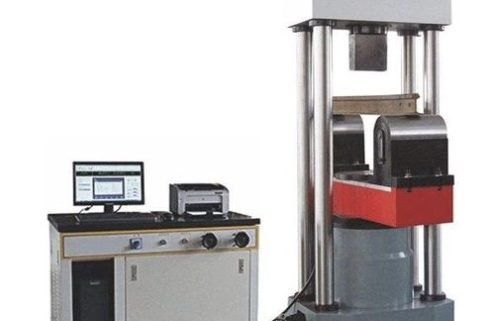
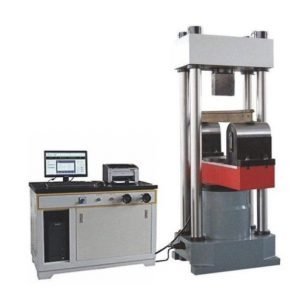
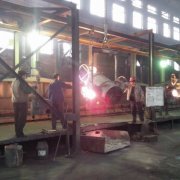
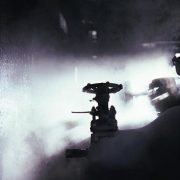
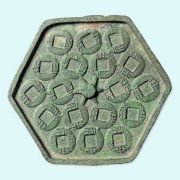
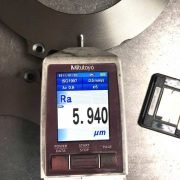
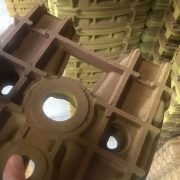
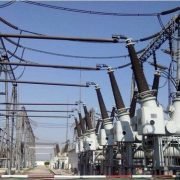


Leave a Reply
Want to join the discussion?Feel free to contribute!